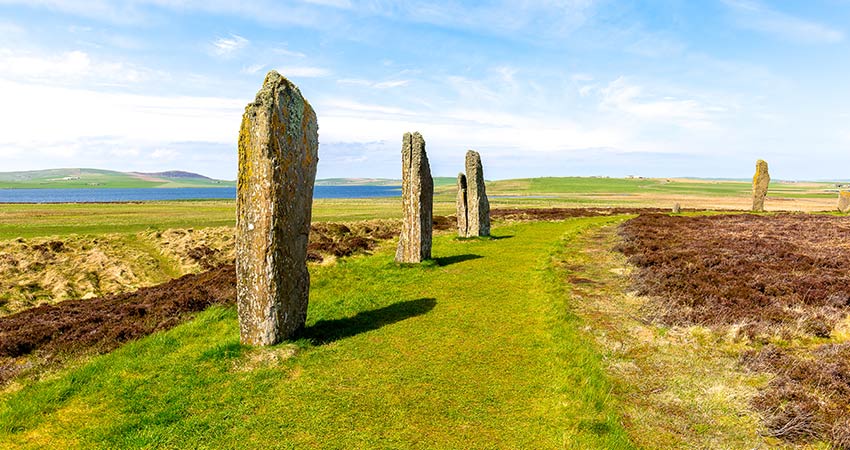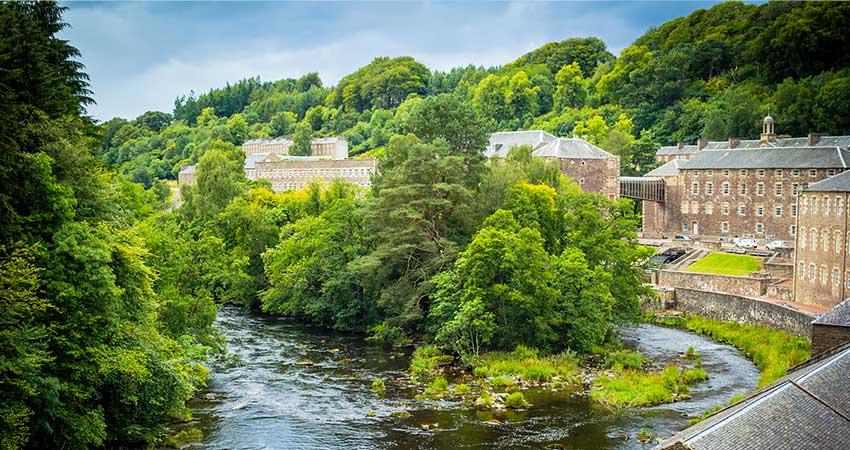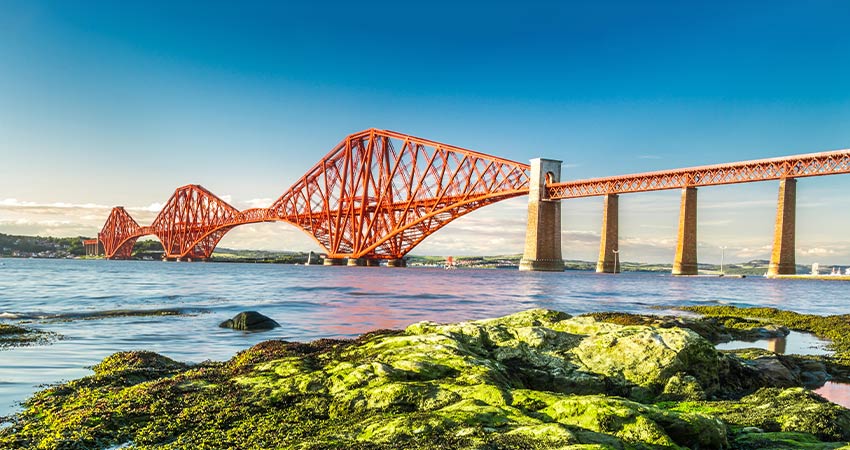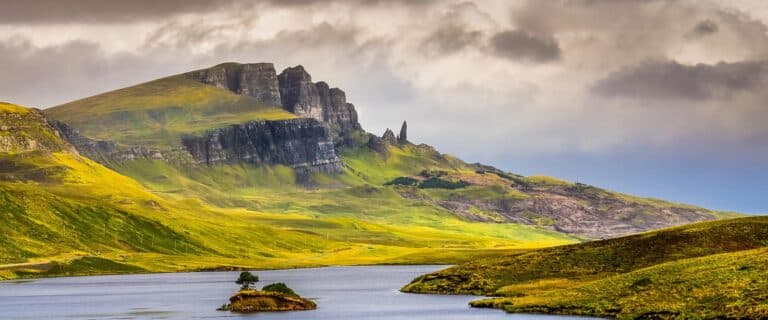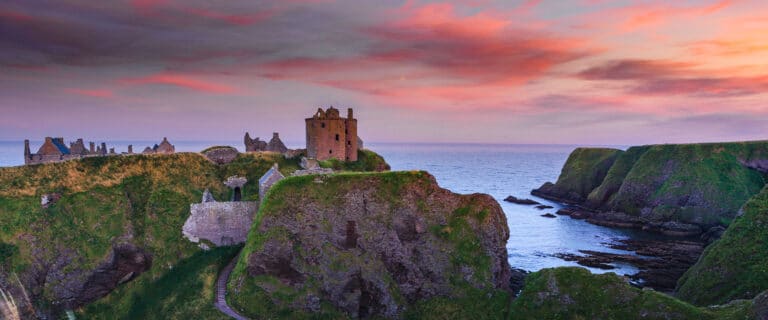From the most remote spot on the British Isles to glorious Edinburgh, Scotland is a treasure chest of UNESCO World Heritage Sites. You can visit mysterious islands that speak of a people lost in the mists of time. Perhaps you’d like to explore a city that has seen bold heroes and outrageous villains who have etched their names in history books. A Roman wall, marking their northern frontier, or a cottage town that has become a movie star are also possibilities. Traveling to Scotland’s UNESCO sites may be the vacation of your dreams.
St. Kilda
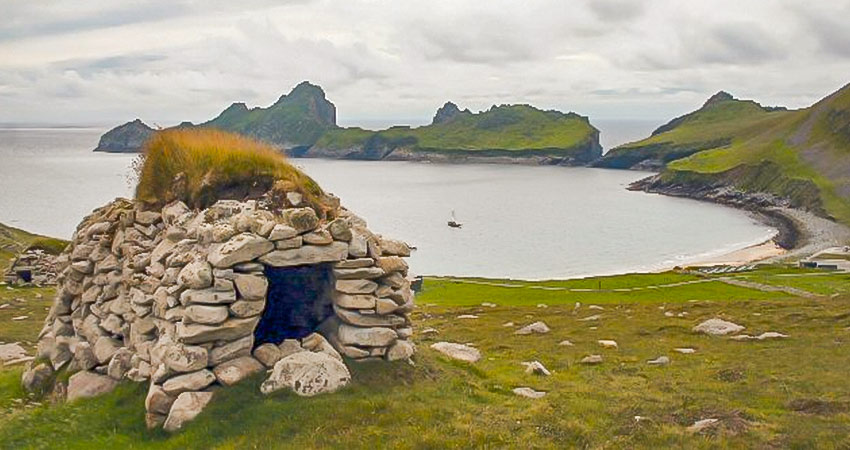
St. Kilda, the most remote part of the British Isles, is a spectacular collection of small islands with towering cliffs. (They are the largest seabird nesting site in the North Atlantic, and home to more than one million birds.) It was designated as a UNESCO site for its natural importance, unique marine life, and its cultural heritage. Getting there on a small boat trip is an adventure in itself!
Hirta is the largest of the islands, at only one mile by two miles. Dùn, Soay, and Boreray have awesome volcanic landscapes, punctuated by the sound of seabirds chatting with each other. St. Kilda has odd species of mice and wren, and on Soay you’ll see wild sheep roaming.
The story of those who lived on St. Kilda is a tale of human achievement. For more than 4,000 years a community of people persevered despite the difficult environment. The seabirds and fish provided food, feathers and oil gave them warmth, and they farmed where they could. The last people who lived there were evacuated in 1930… and that is a tale in itself. Their lifestyle was nothing short of remarkable.
Edinburgh’s New Town and Old Town
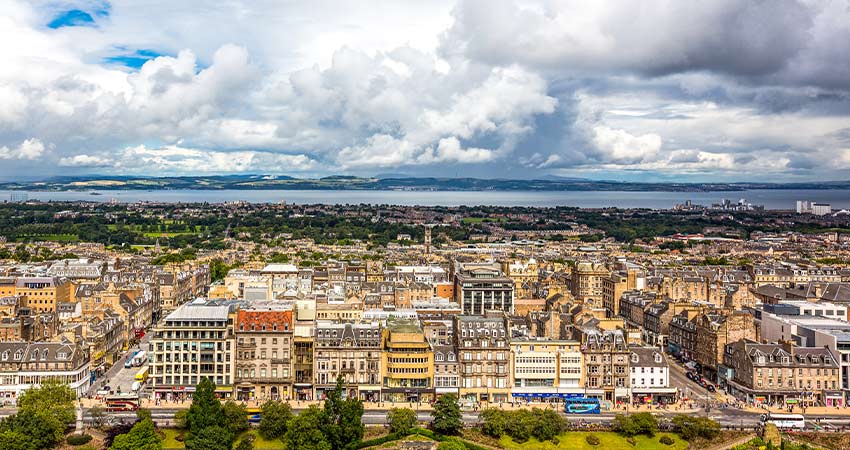
Both New Town and Old Town Edinburgh became a World Heritage Site in 1995, listed as such for their architectural and historic importance. In fact, both are an indelible part of Scotland’s story. Edinburgh’s medieval Royal Mile begins at Edinburgh Castle and runs to the Palace of Holyroodhouse. The north is bordered by 18th century New Town, including Princes Street.
Beside Edinburgh’s haunting Castle, Gladstone’s Land on the Royal Mile is one of Old Town’s oldest buildings; it was a cultural hub for more than 500 years. On the second floor, you can try on Georgian fashions. Descend to the first floor, and you’re in the home owned by wealthy spice traders of the 17th century. You’ll see their living space, kitchen, stock room, and the tavern that they ran. The 1620’s Scottish Renaissance wall decorations and ceiling paintings are original. Enjoy the café in the tradition of these last traders, with tea and cake.
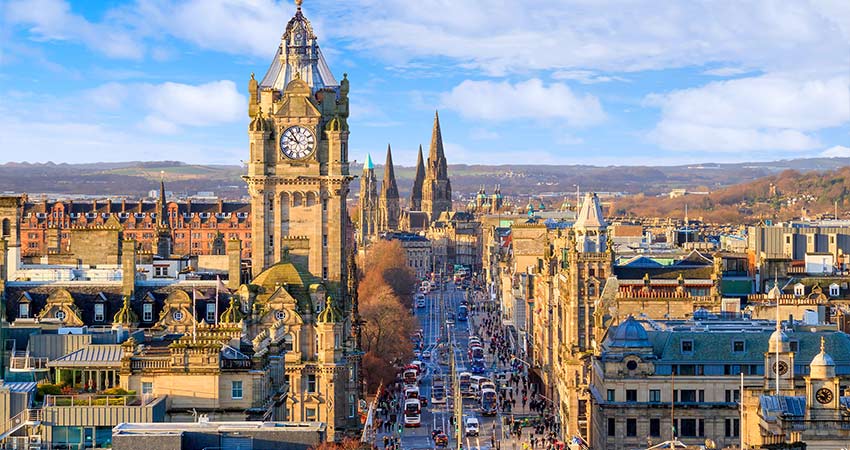
Head to Charlotte Square and explore The Georgian House. It is a perfect example of an upscale life in Edinburgh’s New Town. Visit, and you’ll get an authentic feel of the difference between an upstairs life and a downstairs life. The family rooms are lavish, and the servant’s quarters are filled with the household items it took to support an opulent style. This house is a statement!
The Heart of Neolithic Orkney
Orkney is a paradise for those who are enchanted with ancient history. Standing Stones catch sunsets and spin out shadows of the prehistoric people who raised these sacred sites 5,000 years ago. Fog cloaks the sea where whales, dolphins, seals, and seabirds patrol the coastlines. Beside the Stone Circles there are chambered cairns, brochs (roundhouses), and deserted villages. When the Vikings came through, they built longhouses and then left them behind.
The Neolithic monuments on Orkney are the Ring of Brodgar, the Stones of Stenness, Maeshowe, and Skara Brae, each giving us a glimpse into the highly developed skills and beliefs of these people. Magical Orkney has museums and ancient sites that you can explore. The preservation of these monuments is the heart of the cultural landscape that gave Neolithic Orkney its World Heritage UNESCO status in 1999.
New Lanark
New Lanark was founded in 1785 as a town for the innovative water-powered cotton mill. It was designed by two men, one of them a “utopian idealist” by the name of Robert Owen. His goal was to make company towns—in their purpose, architecture, and planning—humane. He set out to prove that wealth could be created without putting workers’ well-being on the chopping block. Both his practices and values were considered quite radical, and New Lanark became a model for industrial communities.
Visit New Lanark, situated on an appealing gorge by the River Clyde. You’ll find what’s left of the social experiments of Robert Owen, who managed the mill. The world he created included workers’ housing, a co-op store, the U.K.’s first nursery school, adult-education classes, a sick-pay fund, and a social center. There is plenty to see and do here, so give yourself time in this quiet place that lingers by a dazzling river.
The Antonine Wall (Frontiers of the Roman Empire)
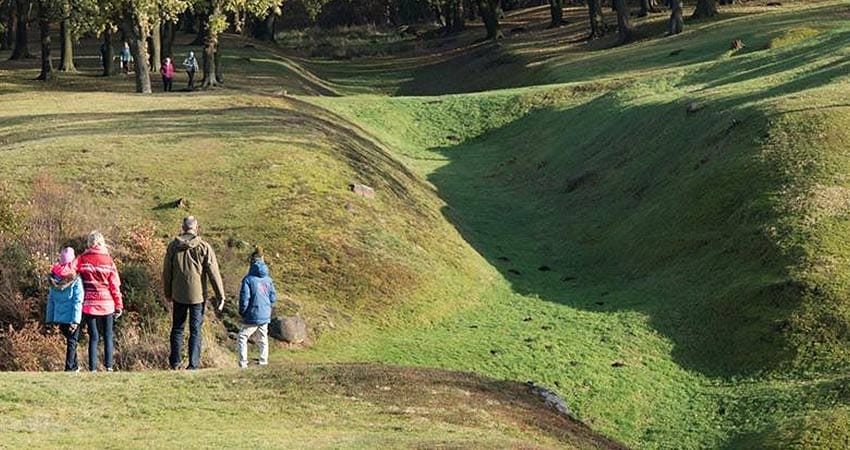
The Roman invasion came to a halt a little beyond the border of present-day Scotland. For six years, beginning in 78 AD, the Roman governor tried to subdue the local tribes, known as the Picts. (From the word in Latin, “Painted.”) Two decades after Hadrian built his wall, the man who came after him, Antonius Pius, decided to give it another go and invaded Scotland again. He built a turf rampart, the Antonine Wall, between the Firth of Forth of the River Clyde.
Eventually the Romans left; the Picts must have been fierce warriors to have backed down the well-armed Roman army. Today, along with Hadrian’s Wall, Antonine marks the northern border of the Roman invasion. Three stretches of the Antonine Wall, including Rough Castle Fort, are in guardianship to Historic Environment Scotland, and are recognized as part of the World Heritage Site called, “Frontiers of the Roman Empire.” Running for 40 miles, you’ll very likely be near a section of the Wall when you visit Scotland. It’s an amazing experience to imagine Romans fighting the Pictish people on the same piece of land you’re standing on.
The Forth Bridge
The Forth Bridge links Fife to Edinburgh, via the railway. Opened by the Prince of Wales in 1890, it is considered to be a “testament to human ambition, creativity, and engineering.” It is 1½ miles long and 360 feet high, and it was the longest cantilever bridge in the world.
When you visit the Forth Bridge, go to the nearby town of the Royal Burgh of Culross. If you’ve seen episodes of the Outlander TV series, you’ll recognize it as the fictional village of Cranesmuir, where Geillis Duncan lives with her nice (but somewhat boring) husband. While there, explore Culross Palace with its eerily small rooms, passageways, and oddly painted ceilings. The town’s streets, which ran through this busy 17th century port on the River Forth, are loaded with charm.
Scotland’s UNESCO World Heritage Sites tell the story of this brilliant country from its Prehistoric past, to the mysteries of the Picts battling the Romans, to an elegant Georgian era. Creativity, resourcefulness, and respect for nature are the themes. Currently, there are two more sites on the “tentative list”— The Zenith of Iron Age Shetland and The Flow Country. Any trip should include a UNESCO World Heritage Site for an authentic look into the real Scotland.
Let your Destination Expert know that you’d like to discover Scotland in all its magnificent wonder by adding a few World Heritage Sites to your itinerary!


